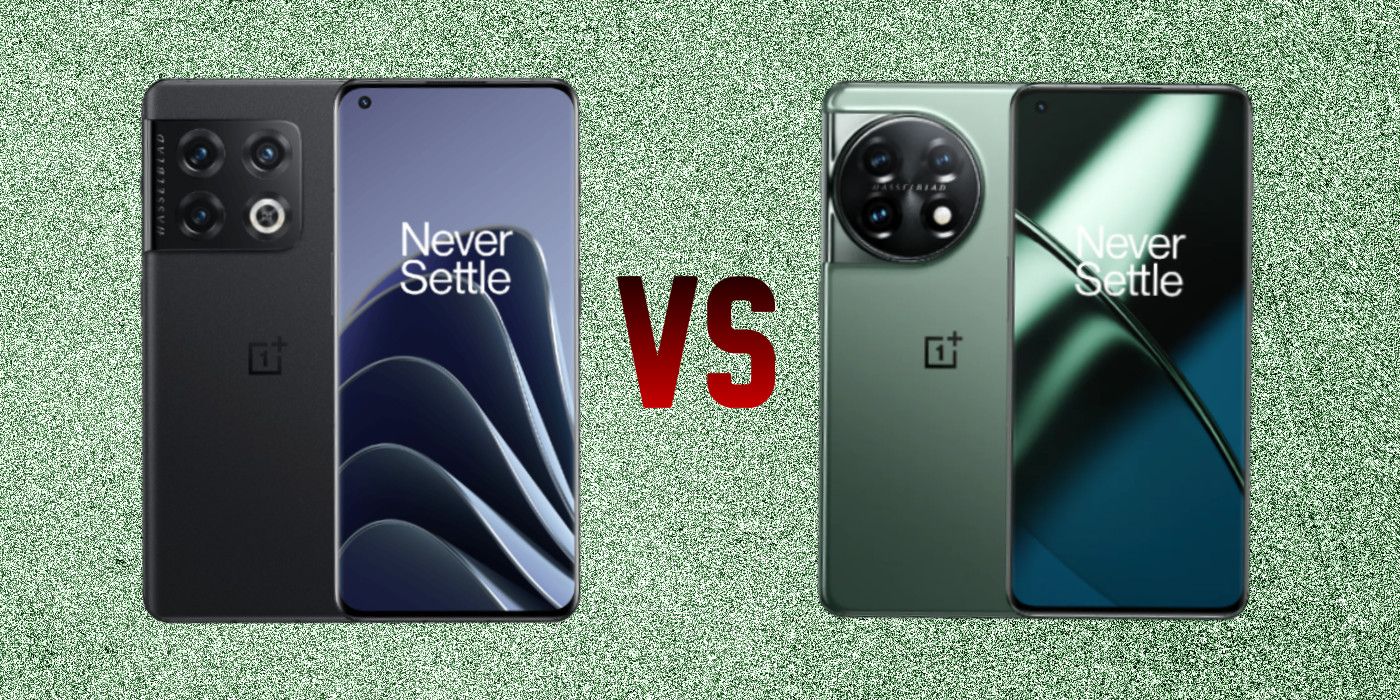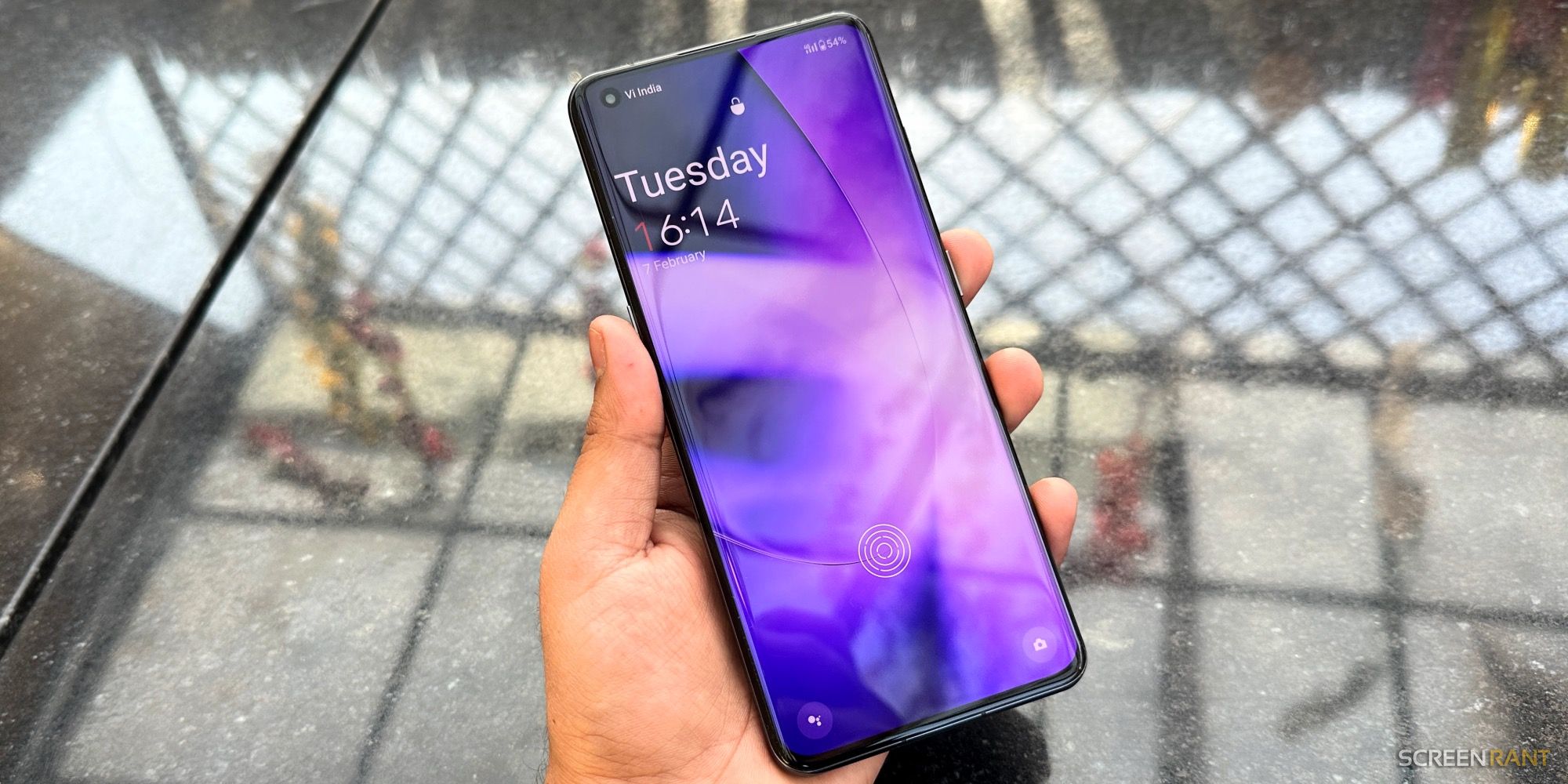With the OnePlus 11, OnePlus has reclaimed its status as one of the best value-for-money premium smartphone brands in the world, but how does the phone compare to its predecessor, the OnePlus 10 Pro? The OnePlus 11 was originally unveiled in China in January 2023 before being launched globally the following month. It is expected to compete with other mainstream devices like the Samsung Galaxy S23, Google Pixel 7, and iPhone 14.
The OnePlus 11 is remarkably similar to the OnePlus 10 Pro in some areas, but there are a few notable differences between them. Design-wise, they look fairly similar, with a curved display, minimal bezels on all sides, and a punch-hole camera in the top-left corner. The main difference, however, is at the back, where the square camera housing of the 10 Pro has given way to a large circular unit built out of polished stainless steel. Both devices have a metal frame and glass back, but the new device is a fraction thinner than its predecessor, despite being slightly taller and wider. The OnePlus 11 weighs 205 grams, making it four grams heavier than the 10 Pro. The OnePlus 11 comes with an IP64 rating for water and dust-resistance, a downgrade from the OnePlus 10 Pro's IP68 rating.
OnePlus 11 Vs. OnePlus 10 Pro: Specs And Features
On the hardware side, both devices feature a similar 6.7-inch QHD+ (3,216 x 1,440) AMOLED panel with a 120Hz adaptive refresh rate, 1,300 nits peak brightness, and Dolby Vision support. However, the OnePlus 11 uses LTPO 3.0 technology, as opposed to the LTPO 2.0 on the 10 Pro. On the inside, the OnePlus 11 is powered by the Snapdragon 8 Gen 2 SoC, while the 10 Pro comes with the Snapdragon 8 Gen 1 under the hood. The new chip brings faster performance, improved power efficiency, better thermal control, and a bunch of new features for gaming and other processor-intensive tasks.
The base variants of both the devices offer 8GB of RAM and 128GB of storage, but the top-end OnePlus 11 variant offers up to 16GB of RAM and 512GB of storage. However, while the OnePlus 10 Pro uses LPDDR4 RAM, OnePlus 11 comes with LPDDR5X memory. Storage technology in the OnePlus 11 has been upped to UFS 4.0 in the 256GB and 512GB models, while the base 128GB variant uses UFS 3.1, like its predecessor. Neither phone features a microSD card for storage expansion, but the OnePlus 11 does include eSIM support, the first for a OnePlus flagship.
Photography is another area of difference between the two phones. Both have a triple-camera setup at the back, but while the newer device has a 50MP Sony IMX890 primary sensor along with a 48MP ultra-wide shooter and a 32MP portrait telephoto camera with 2X zoom, the older device comes with a 48MP Sony IMX789 primary sensor, a 50MP ultra-wide shooter, and an 8MP telephoto camera with 3.3x zoom. In the front, the OnePlus 11 has a 16MP camera, while the OnePlus 10 Pro uses a 32MP shooter for selfies and video calls. Both phones can shoot videos in up to 8K resolution.
Both the OnePlus 11 and OnePlus 10 Pro sport 5,000mAh batteries, albeit with different charging speeds. The newer device supports 80W wired charging in the U.S. and 100W globally, while the older device supports 65W in the U.S. and 80W globally. However, the OnePlus 11 misses out on the wireless charging support of its predecessor. As for wired charging speeds, OnePlus claims that the OnePlus 11 can be charged from 0-100 percent in 25 minutes, while the OnePlus 10 Pro can go from 0-100 in 32 minutes. Both phones come with stereo speakers, but neither have a 3.5mm headphone jack.
On the software side, the OnePlus 11 runs Android 13 with OxygenOS, while its predecessor came with Android 12. While the former will get four Android version updates, OnePlus has made no such commitments for the older device, meaning it could get only up to three Android updates. In terms of pricing, the OnePlus 11 starts at $699, which is substantially cheaper than the $899 launch price for the base model of the OnePlus 10 Pro.


